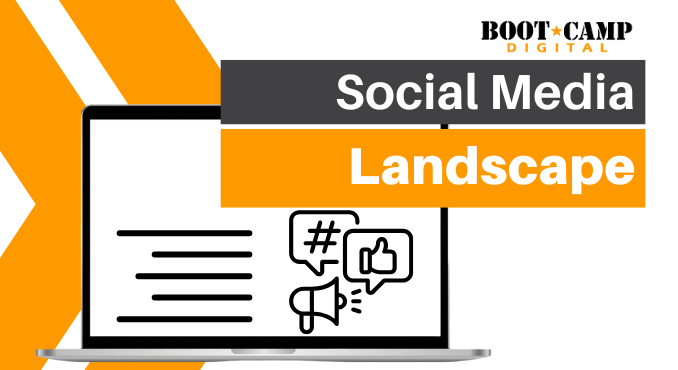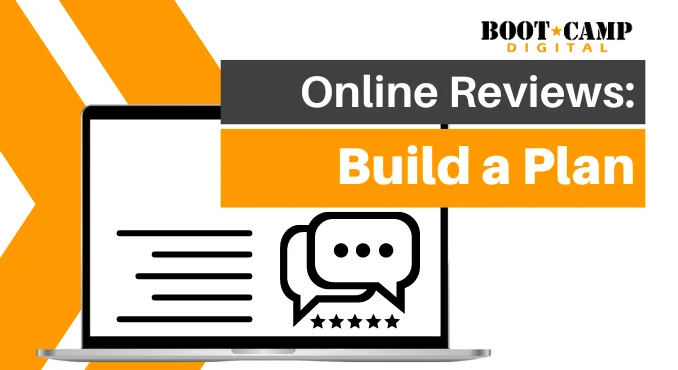
Research
Understand what hashtags are popular in your industry and how they are used. Learn how your audience is interacting on Twitter. Is there a particular way they talk to each other that should be noted? Are there easily identifiable interests or types of tweets? Finally, what are your competitors doing right, wrong? Are there strategies that you want to emulate or failures that you’ll be trying to avoid? Take note!
Define your goals
These are a few goals that Twitter may help you accomplish. Define yours by looking at your overall business marketing goals and choosing a few that Twitter will be best at serving.
- Advertising and building awareness
- Customer service
- Building and engaging an online community
- Driving action such as sales or store visits.
Build your Twitter plan
Who will post what and when will they post it? Determine when your audience is online and the types of tweets you’ll be sending them. From Twitter cards and ads to photos and basic text, there are countless ways to send tweets. Keep a variety in your rotation to keep you and your audience interested.
Connect with users
- Follow, retweet, mention, reply
- Engaging is more important than sharing
- Always use hashtags
- Take advantage of Twitter at Live events
Stick to the plan
Insure timely responses and relevant tweeting. Continue to build your community by engaging with your audience. Don’t get spammy.
Measure. Track. Adjust
Use tools like Hootsuite, Buffer, or Sprout Social to measure your results. Are you achieviing any of your goals? Is your activity delivering ROI?
















